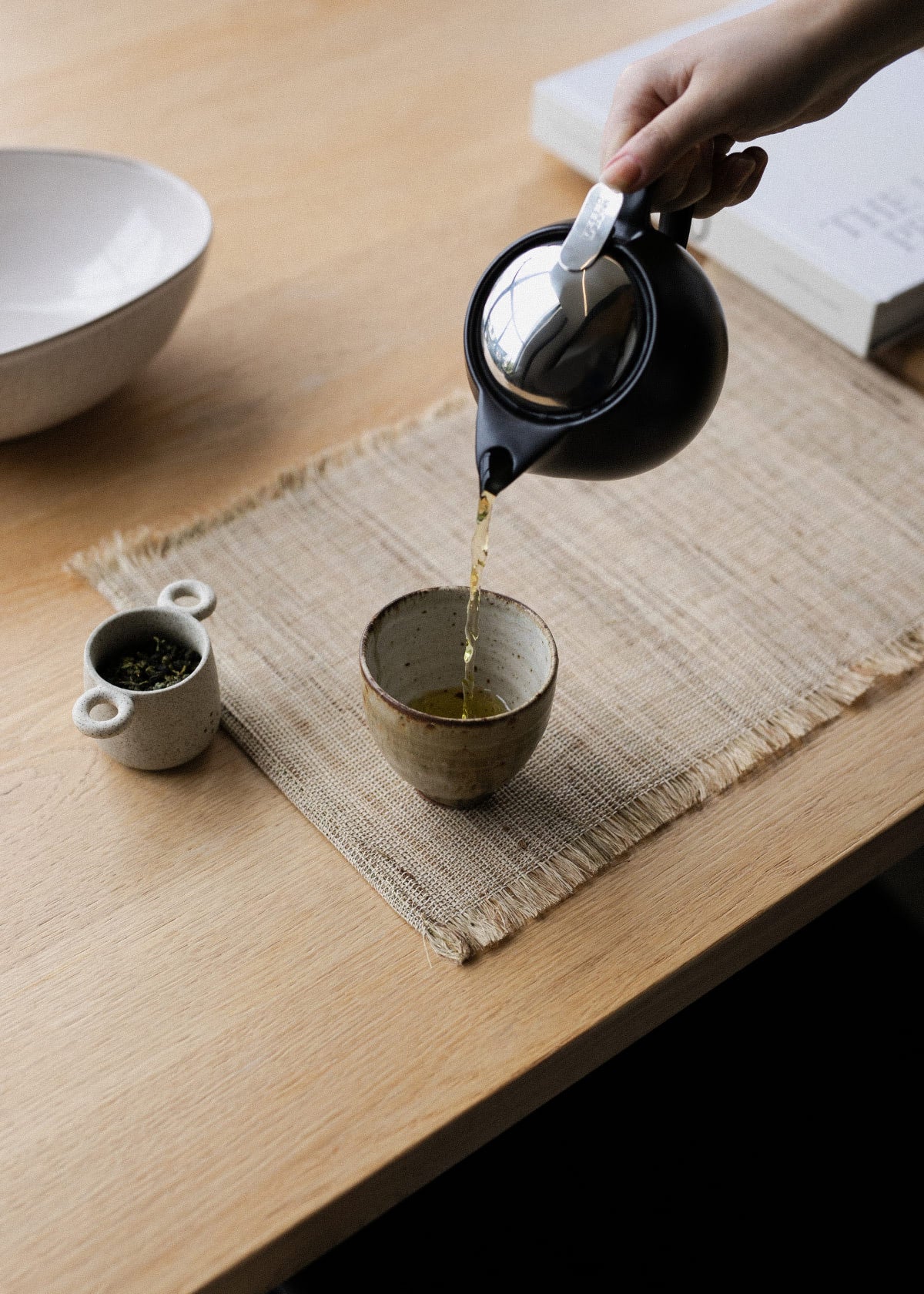
A Common Lineage
White & Green Teas
Oolong & Black Teas
Processing Methods
A Common Lineage
Most loose leaf teas can trace their origins to a single plant, the Camellia sinensis. Although they share this common lineage, the diversity of teas we get to enjoy comes down to varying oxidation and processing methods.
White & Green Teas
White teas undergo minimal oxidation, preserving delicate flavours and a light, subtle profile. Green teas, with limited oxidation, maintain a vibrant green colour and a grassy, vegetal taste.
Oolong & Black Teas
Oolong teas, positioned between green and black teas on the oxidation spectrum, boast a range of flavours from floral and fruity to creamy and toasty. Black teas on the other hand are fully oxidised and have bold and often malty notes.
Processing Methods
The rich diversity of tea extends further with a variety of post-harvest processing techniques adopted - such as rolling, drying, and fermentation. Each method contributing its own distinct characteristics to the tea.

